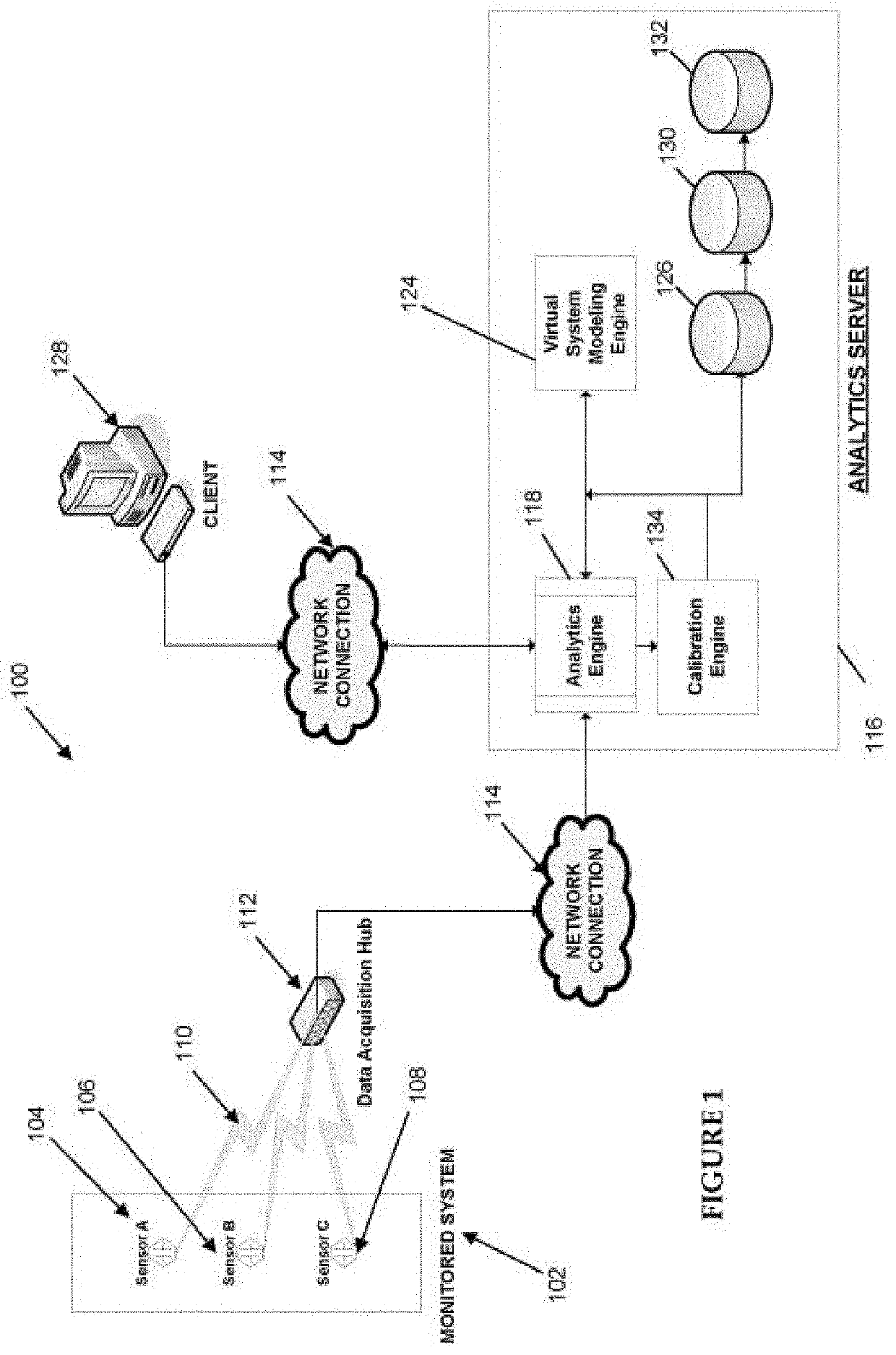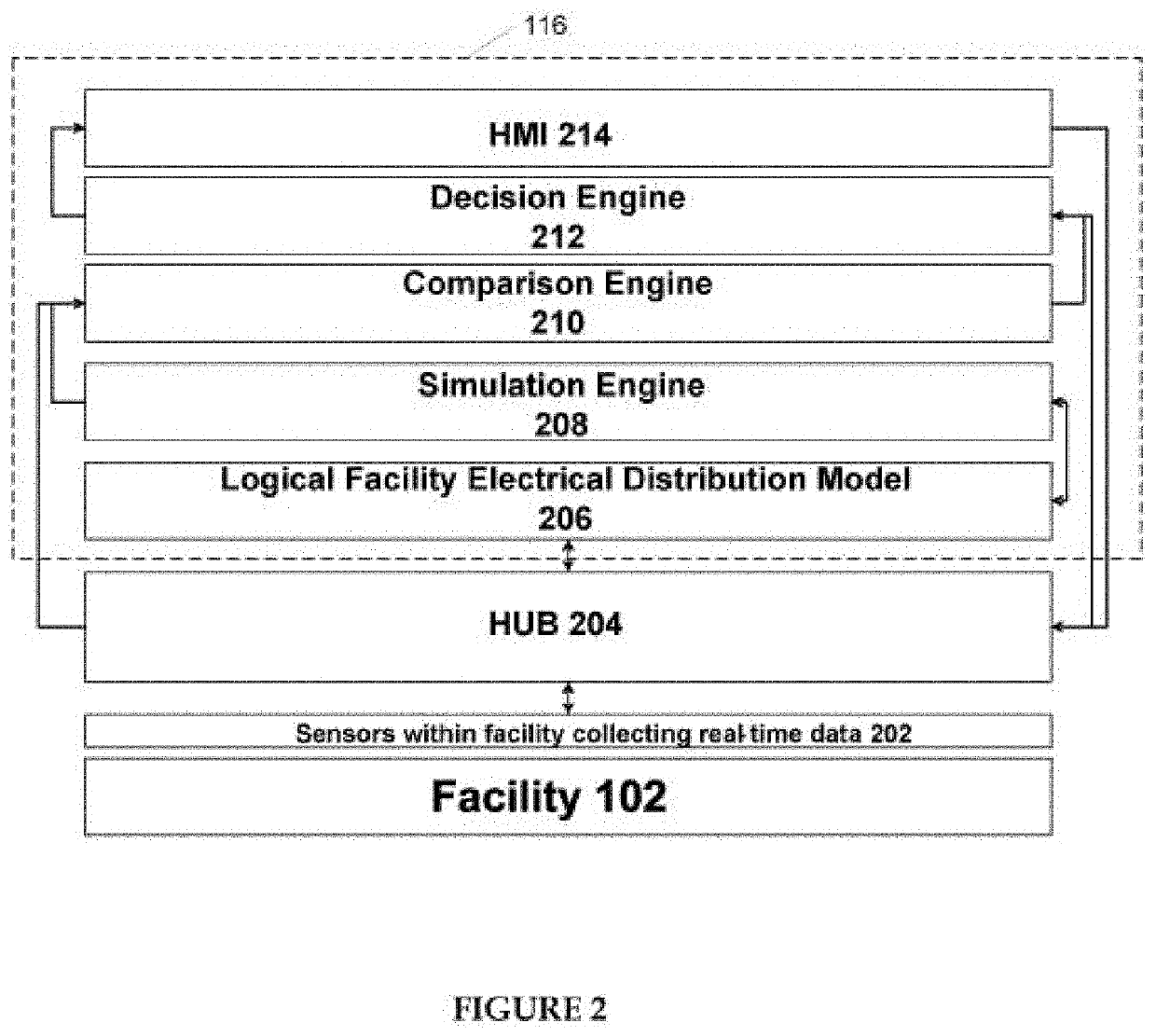Method For Predicting Arc Flash Energy And PPE Category Within A Real-Time Monitoring System
a real-time monitoring and arc flash energy technology, applied in the field of computer simulation techniques with real-time system monitoring and electrical system performance prediction, can solve the problems of superior operation, reduced development cost and superior operation, and techniques that have not been applied in real-time, etc., to achieve real-time operational monitoring and management, predictive failure analysis techniques generally do not use real-time data that reflect actual system operation
- Summary
- Abstract
- Description
- Claims
- Application Information
AI Technical Summary
Benefits of technology
Problems solved by technology
Method used
Image
Examples
Embodiment Construction
.”
BRIEF DESCRIPTION OF THE DRAWINGS
[0014]For a more complete understanding of the principles disclosed herein, and the advantages thereof, reference is now made to the following descriptions taken in conjunction with the accompanying drawings, in which:
[0015]FIG. 1 is an illustration of a system for utilizing real-time data for predictive analysis of the performance of a monitored system, in accordance with one embodiment;
[0016]FIG. 2 is a diagram illustrating a detailed view of an analytics server included in the system of FIG. 1;
[0017]FIG. 3 is a diagram illustrating how the system of FIG. 1 operates to synchronize the operating parameters between a physical facility and a virtual system model of the facility;
[0018]FIG. 4 is an illustration of the scalability of a system for utilizing real-time data for predictive analysis of the performance of a monitored system, in accordance with one embodiment;
[0019]FIG. 5 is a block diagram that shows the configuration details of the system i...
PUM
 Login to view more
Login to view more Abstract
Description
Claims
Application Information
 Login to view more
Login to view more - R&D Engineer
- R&D Manager
- IP Professional
- Industry Leading Data Capabilities
- Powerful AI technology
- Patent DNA Extraction
Browse by: Latest US Patents, China's latest patents, Technical Efficacy Thesaurus, Application Domain, Technology Topic.
© 2024 PatSnap. All rights reserved.Legal|Privacy policy|Modern Slavery Act Transparency Statement|Sitemap



